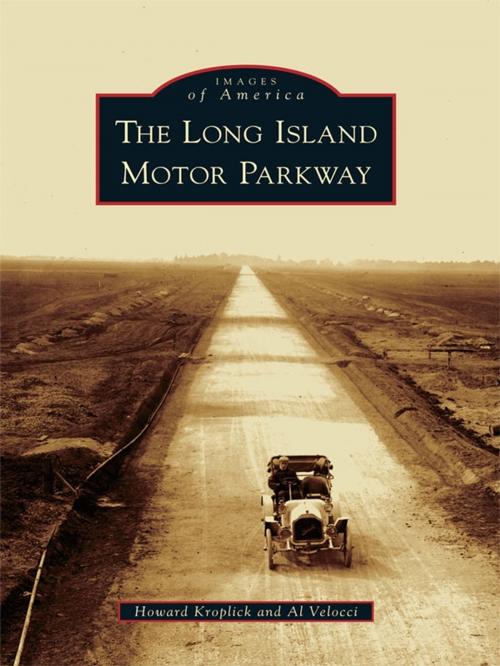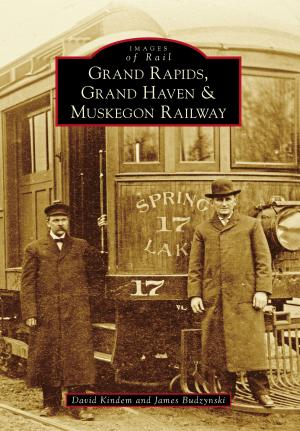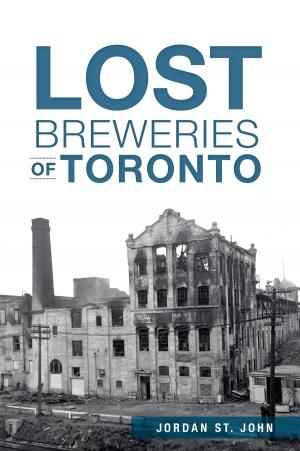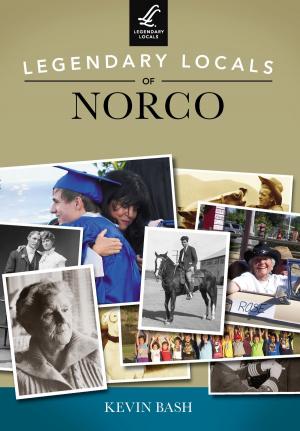The Long Island Motor Parkway
Nonfiction, Art & Architecture, Photography, Pictorials, Travel, Lodging & Restaurant Guides| Author: | Howard Kroplick, Al Velocci | ISBN: | 9781439636299 |
| Publisher: | Arcadia Publishing Inc. | Publication: | September 1, 2008 |
| Imprint: | Arcadia Publishing | Language: | English |
| Author: | Howard Kroplick, Al Velocci |
| ISBN: | 9781439636299 |
| Publisher: | Arcadia Publishing Inc. |
| Publication: | September 1, 2008 |
| Imprint: | Arcadia Publishing |
| Language: | English |
A forerunner of the modern highway system, the Long Island Motor Parkway was constructed during the advent of the automobile and at a pivotal time in American history. Following a spectator death during the 1906 Vanderbilt Cup Race, the concept for a privately owned speedway on Long Island was developed by William K. Vanderbilt Jr. and his business associates. It would be the first highway built exclusively for the automobile. Vanderbilt's dream was to build a safe, smooth, police-free road without speed limits where he could conduct his beloved automobile races without spectators running onto the course. Features such as the use of reinforced concrete, bridges to eliminate grade crossings, banked curves, guardrails, and landscaping were all pioneered for the parkway. Reflecting its poor profitability and the availability of free state-built public parkways, the historic 48-mile Long Island Motor Parkway closed on Easter Sunday, April 17, 1938.
A forerunner of the modern highway system, the Long Island Motor Parkway was constructed during the advent of the automobile and at a pivotal time in American history. Following a spectator death during the 1906 Vanderbilt Cup Race, the concept for a privately owned speedway on Long Island was developed by William K. Vanderbilt Jr. and his business associates. It would be the first highway built exclusively for the automobile. Vanderbilt's dream was to build a safe, smooth, police-free road without speed limits where he could conduct his beloved automobile races without spectators running onto the course. Features such as the use of reinforced concrete, bridges to eliminate grade crossings, banked curves, guardrails, and landscaping were all pioneered for the parkway. Reflecting its poor profitability and the availability of free state-built public parkways, the historic 48-mile Long Island Motor Parkway closed on Easter Sunday, April 17, 1938.















